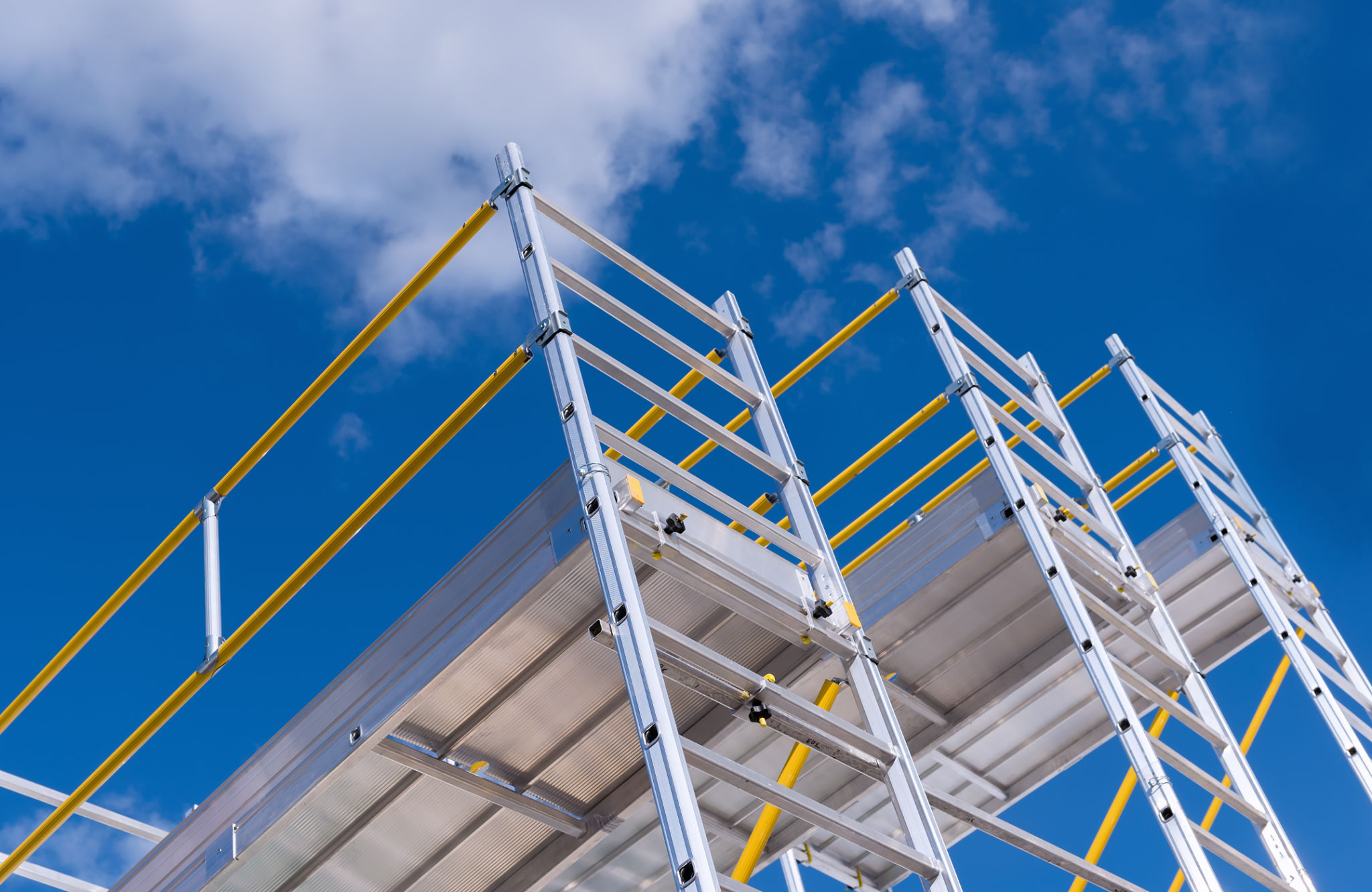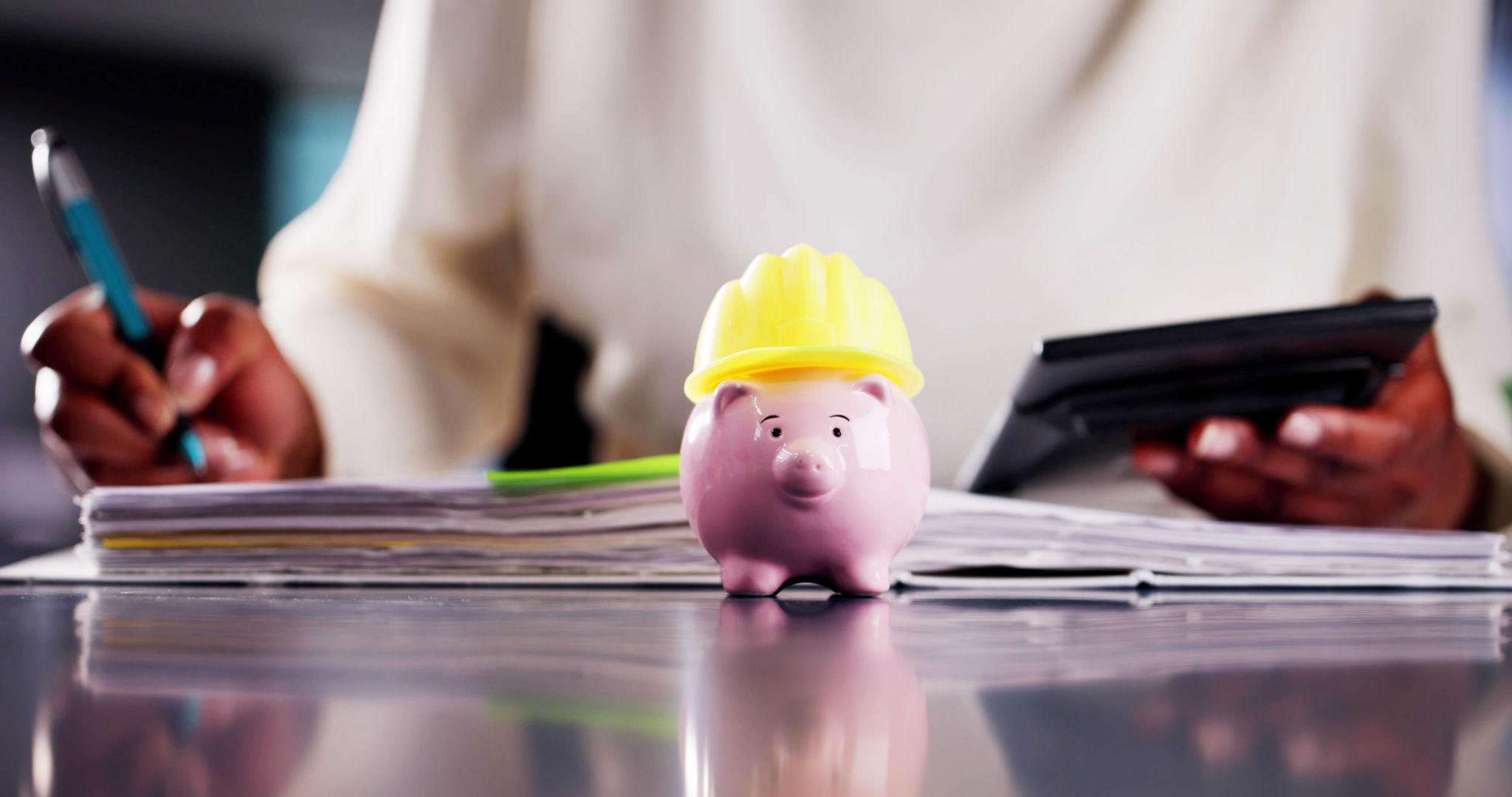How to Choose the Right Scaffolding for Your Project
Understanding Your Project Requirements
Choosing the right scaffolding for your project begins with a clear understanding of your project requirements. Consider the scale and scope of the work you will be undertaking. Are you working on a small residential renovation or a large commercial construction site? The type of scaffolding you need will vary significantly based on the project's size and complexity.
Additionally, assess the height and weight capacity needed. Ensure that the scaffolding can safely support not just the workers but also the tools and materials necessary for the task. Your project's duration is another crucial factor, as long-term projects may require more durable scaffolding options.

Types of Scaffolding
There are several types of scaffolding available, each suited to different kinds of projects. Here are some of the most common types:
- Supported Scaffolding: The most common type, used in a wide range of construction projects, it consists of one or more platforms supported by poles and frames.
- Suspended Scaffolding: Ideal for high-rise structures, this type hangs from the roof and is used for tasks such as window washing or painting.
- Rolling Scaffolding: Equipped with wheels, this type is perfect for projects that require frequent relocation of scaffolding.
Each type has its own advantages and limitations, so assessing which fits your specific needs is key to ensuring safety and efficiency.
Material Considerations
The material of the scaffolding is another important consideration. The most common materials include steel and aluminum. Steel scaffolding is strong and durable, making it suitable for heavy-duty construction projects. However, it is also heavier and may be more challenging to transport and assemble.
On the other hand, aluminum scaffolding is lightweight and easy to handle, making it ideal for projects where quick setup and mobility are essential. It is particularly suitable for smaller-scale projects or ones requiring frequent movement of the scaffolding.

Safety Features
When selecting scaffolding, always prioritize safety features. Look for scaffolding systems equipped with guardrails, non-slip surfaces, and secure locking mechanisms. These features are vital in preventing accidents and ensuring a safe working environment for your team.
Regular inspections and maintenance are also crucial. Ensure that the scaffolding complies with local safety regulations and standards. Investing in high-quality scaffolding with robust safety features can save time, money, and lives in the long run.
Cost and Budget
The cost of scaffolding can vary widely depending on the type, material, and additional features. It's important to balance between cost-effectiveness and safety. While it may be tempting to opt for cheaper options, remember that investing in quality can prevent costly accidents and delays.
Consider renting versus purchasing scaffolding. For short-term projects, renting might be more economical, but for long-term or repeated use, purchasing could be more cost-effective.

Vendor Reputation and Support
The reputation of the vendor or supplier is another critical factor in your decision-making process. Choose a reputable provider known for high-quality products and reliable customer service. They should offer comprehensive support, including guidance on assembly and safety protocols.
Reading reviews and seeking recommendations from industry peers can help you make an informed choice. A vendor who provides excellent after-sale support can be invaluable in addressing any issues that arise during your project.
In conclusion, selecting the right scaffolding involves careful consideration of various factors including project requirements, types, materials, safety features, cost, and vendor reputation. By taking the time to evaluate these elements thoroughly, you can ensure a safe and efficient working environment for your construction project.
